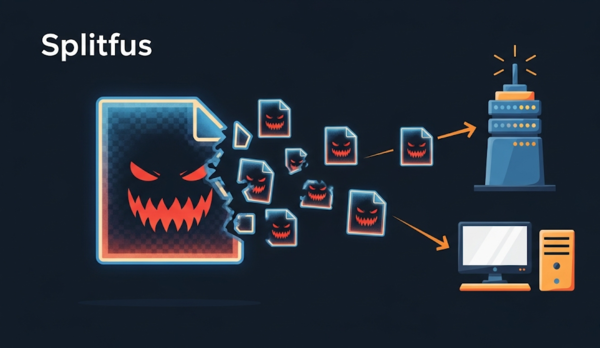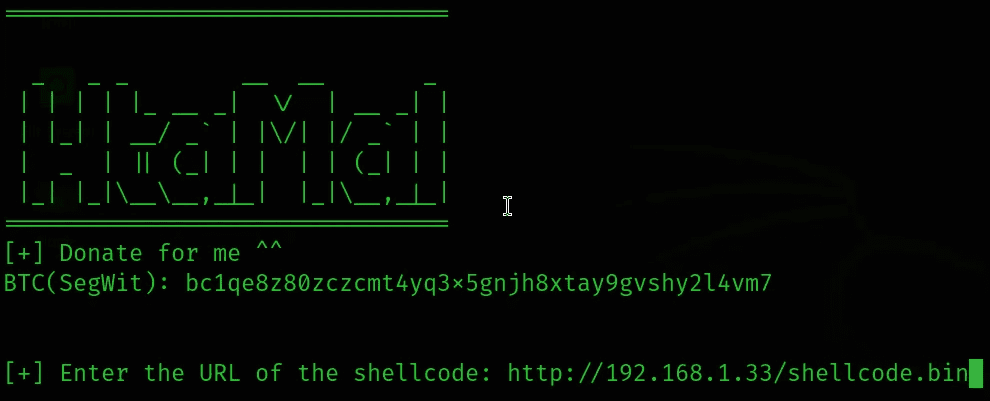With the development of the Internet, the number of cybercriminals is also increasing. Attacks on websites to steal data are increasingly common. The Force of White Hat Hackers, also known as Pentester – Website Penetration Testers was born to help find vulnerabilities in Websites. According to Gartner, more than $123 billion was spent on cybersecurity in 2020. Total cybercrime spending is expected to surpass $10.5 trillion annually by 2025, up from 3. trillion USD in 2015.
| Join the channel Telegram of the AnonyViet 👉 Link 👈 |
The increase in the rate of cyber attacks each year also shows that by the end of 2021, a business is attacked every 11 seconds.
One of the most appropriate ways to secure a website is to implement comprehensive security techniques such as web penetration testing (web pentest). Through this article, I will tell you everything related to web pentester.
What is Website Penetration Testing?
The purpose of Website Penetration Testing is to identify the risks and vulnerabilities in the system. These vulnerabilities, if left unchecked, can threaten the security of the entire system.
Website penetration testing can be done internally or hire white hat hackers to carry out a series of attacks against their systems to find weaknesses in the system. Identifying weaknesses and vulnerabilities in your system through white hat hackers can help you gather information about how hackers attack your security system.
Leaked data of any kind (be it personal or customer information) can put your company in trouble. This is why periodic web penetration testing is so important.
Types of penetration testing
Website penetration testing can be divided into different categories based on its approach. Different types of penetration tests require different information to conduct.
On the basis of available information:
- Black-box pentest: You will play as a Black Hat Hacker, and find a way to approach the system to exploit from the bugs you discover.
- White-box pentest: Works in the opposite direction of Black-box pentest, you are given complete access to the source code, documentation, etc. And find vulnerabilities based on information that the company’s employees have. For example, access to Windows, Login Website…
- Gray-box pentest: You are provided with a little information about the system, and from there will find a way to attack or check the Website for errors
On the basis of site requirements. There are five types of web pentests based on site requirements:
- Intranet penetration testing and exploitation
- Penetration testing of wireless networks
- Social engineering testing
- Cloud penetration testing
- Physical penetration testing
Website Penetration Testing Methods
The web penetration testing process consists of five phases:
1. Plan & seek information from public sources
The first step of Website Penetration Testing is to gather information. In this step, the pentester will try to find out information such as CMS version, Server OS, etc. This phase also includes defining the scope and requirements of the test.
The most popular tools used by Pentesters for this phase are Nmap, Harvester, Zenmap (GUI version of Nmap), …
2. Code analysis
After defining the scope, the next stage involves scanning the code. This step will help you understand how the site will respond to attack attempts.
- Static code analysis: Made to test the code to determine the behavior of the code while running the application.
- Dynamic code analysis: Made to test the code while the application is live. This provides a more realistic assessment of the code.
3. Gain access
During this phase, Pentester uses the CVE (publicly disclosed vulnerability error code) known to detect potential vulnerabilities of the target. Once the vulnerability is discovered, Pentester will then exploit the found vulnerability by attempting to steal data, escalate privileges, and more.
This is 10 Vulnerability Exploit Tools Experts often use it to exploit security flaws.
4. Maintain access
This phase will verify whether the vulnerabilities found in the previous step can be used to maintain access to your website. The main purpose of this stage is to install the backdoor, upload the shell to the website when the attack is complete.
5. Analysis
The final stage of web penetration testing is to analyze the results found in the previous steps and report in detail the web pentest process:
- Loopholes and vulnerabilities found during testing
- What threats this vulnerability can cause to the system
- Evaluate sensitive data
- How long can Pentester exploit these vulnerabilities undetected
Above is the process that the web pentester performs to test your system. Participation Discord group to be able to exchange with other web pentester.












